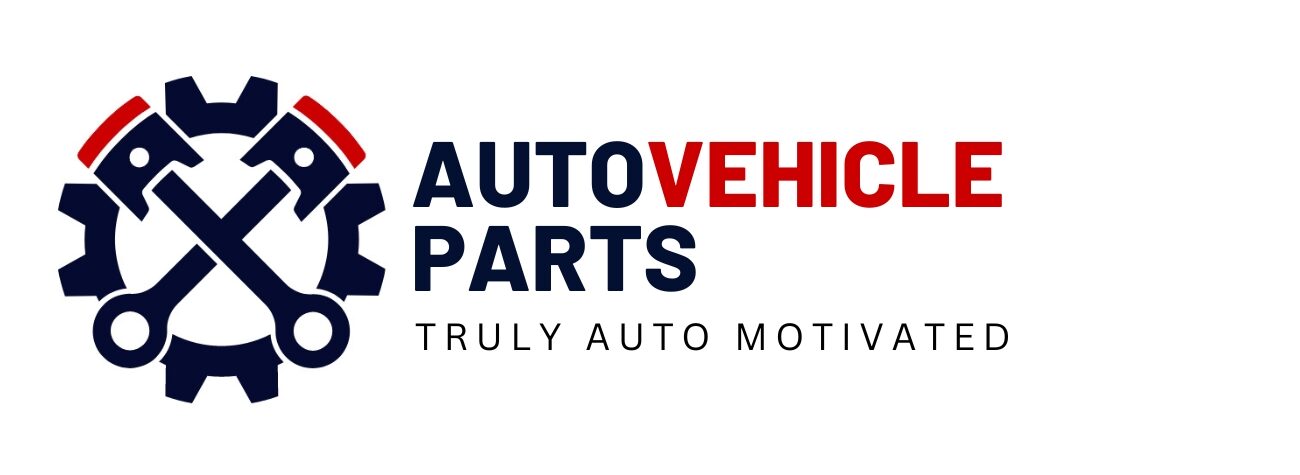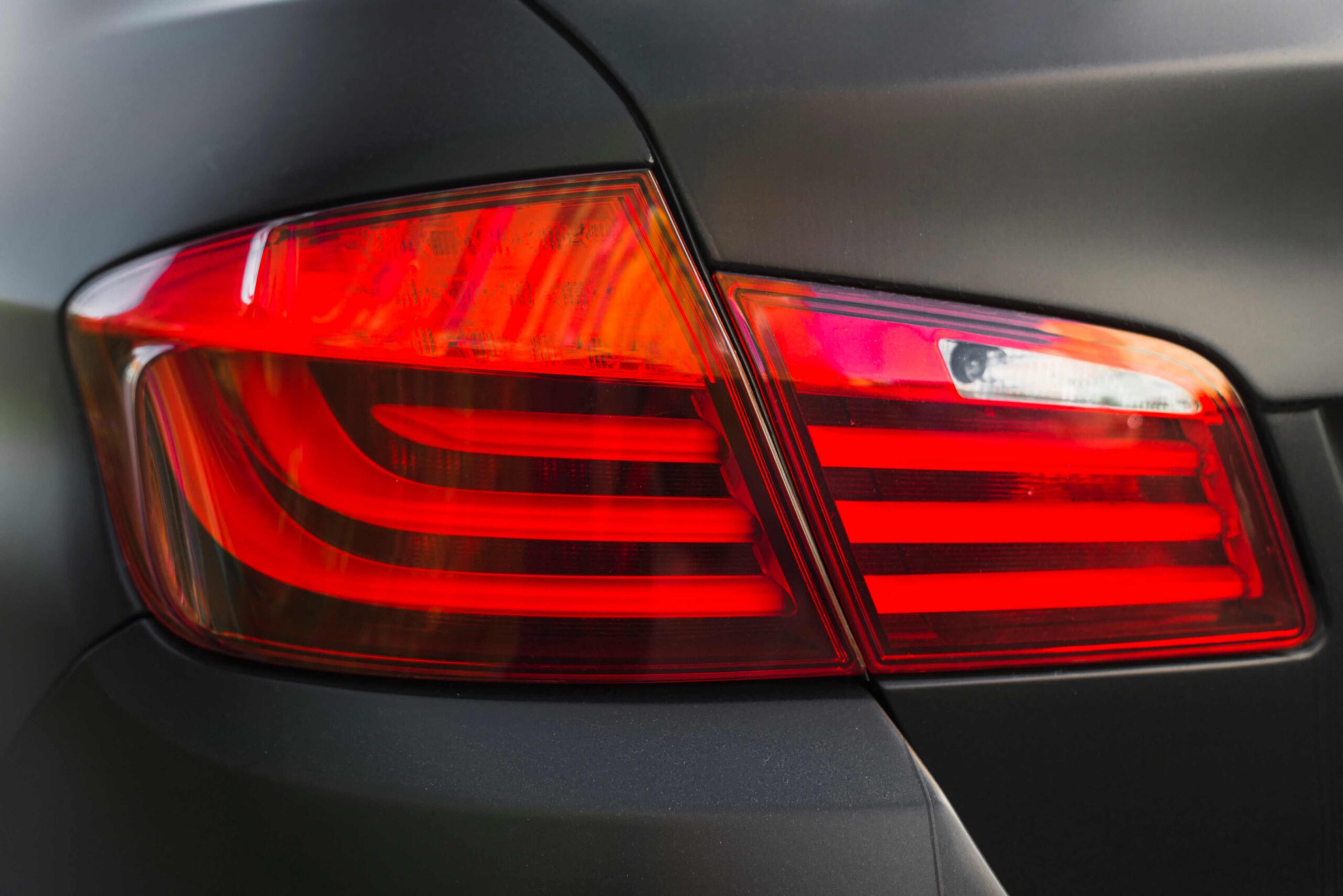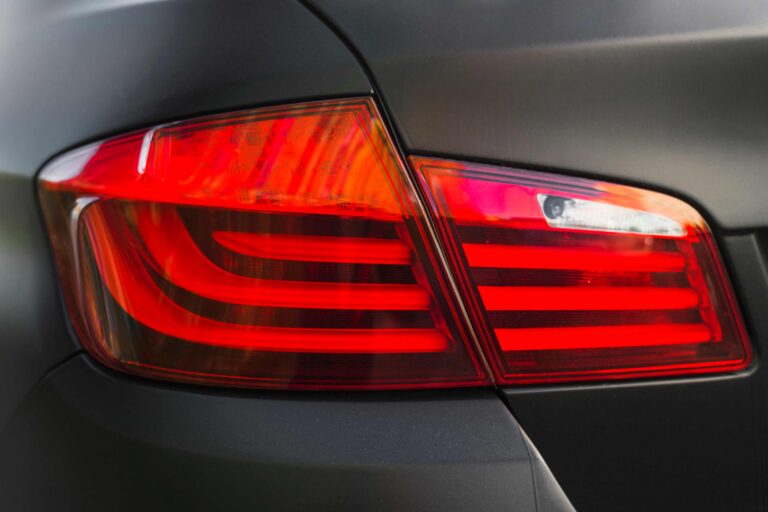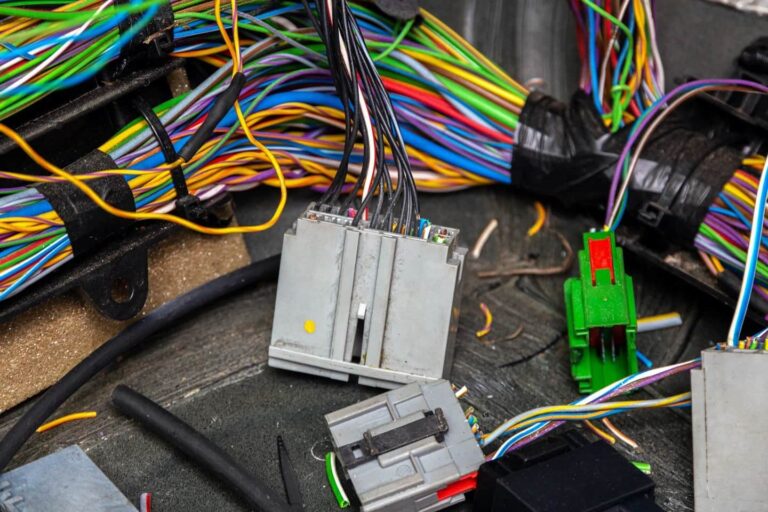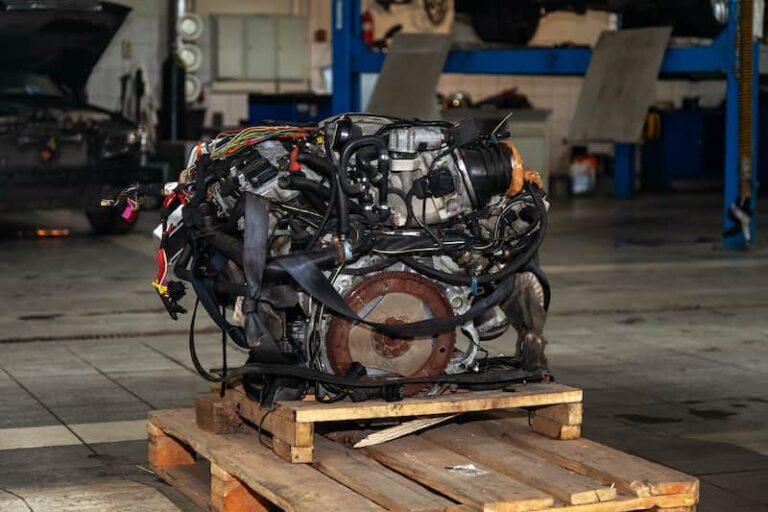Do you have a car that you want to keep going for a long time? Then you’ll need a good cooling system. Learn how to flush a engine block (coolant blockage in engine) as well as the radiator or to flush engine block without radiator in five Basic steps to flush a car engine block(flush engine block).
Can a radiator flush cause problems? Vehicles require routine maintenance in order to function properly. While many of these routine maintenances are small and simple, if left unfinished for too long, they can lead to large, costly repairs.
One of these tasks(car engine block) is how to flush a engine block or radiator. The radiator is the essential part of your vehicle’s coolant, sending liquid coolant (antifreeze) to different engine parts to keep them from overheating. Draining as well as substituting the antifreeze in your radiator every 5 years or 100,000 miles, whichever comes first, according to experts.
This, along with running distilled water through to the radiator prior to actually adding fresh antifreeze, is referred to as “flushing” the radiator(flush radiator). Flushing removes rust and gunk that typically accumulates in your car’s cooling system. Skipping this step could result in a cooling system blockage and, eventually, an overheated engine.
Table of Contents
ToggleFollow this step-by-step guide to learn how to properly perform a radiator flush.

Tools Needed
- Large drain pan
- Funnel
- Wrench
- Screwdriver
Materials Needed
- 4-gallon ready-to-use antifreeze
- 2 gallons concentrated antifreeze
- 2 gallons of distilled water
Steps
Find the Radiator
- Lift your vehicle’s hood and look for a flat, finned metal region near the front. The radiator is shown here.
- Look for a circular cap, usually made of metal, that leads to the radiator. It may be labeled “radiator coolant” or maybe something similar.
Remove the Radiator
- Crawl beneath the vehicle & look for a valve or perhaps a large-diameter rubber hose attached to the radiator by a removable clamp.
- Place your drain pan directly beneath the valve or hose clamp, and after that open or loosen the valve or clamp.
- Allow at least 10 minutes for the radiator to drain, or until just a slow drip of antifreeze remains.
Radiator Flushing
- (clogged radiator) Replace the hose and tighten the clamp that holds it in place, or shut the radiator drain valve if your vehicle has one.
- Start by removing the radiator cap and filling the radiator with distilled water.
- Replace the cap before starting the vehicle and running it for 10 to 15 minutes.
- This will flush the engine with distilled water, flushing out any dirt particles or corrosion as well as the last of the old antifreeze(drain antifreeze from engine).
- Turn off the vehicle, then reopen the valve or loosen the hose to drain all of the distilled water and filth from the radiator into your drain pan(unclog radiator).
- Close the valve or tighten the clamp, then slide the full drain pan out of the way.
Replace the Coolant
- (drain coolant from engine block) Consult your owner’s manual to determine how much coolant (antifreeze) your radiator requires(flush coolant system).
- Open the radiator cap, insert your funnel into the inlet, and pour a 50/50 mixture of concentrated antifreeze as well as distilled water into the radiator.
- Examine the overflow tank and, if necessary, add coolant until the level reaches the service line(coolant block).
- The overflow tank is made of plastic and is linked to the radiator by a small flexible hose.
- Check for leaks by starting and running the vehicle for several minutes. If everything checks out, you shouldn’t have to go through this process again for another 100,000 miles.
Refill Coolant
- (drain engine coolant) Turn off the vehicle and add a little more antifreeze as well as water until you see it appearing in the bottom of the overflow tank.
- Open the overspill tank cap, then top it off with some more antifreeze & distilled water, stopping a couple of inches underneath the service line, and you’re done!
Common signs of engine block or failure
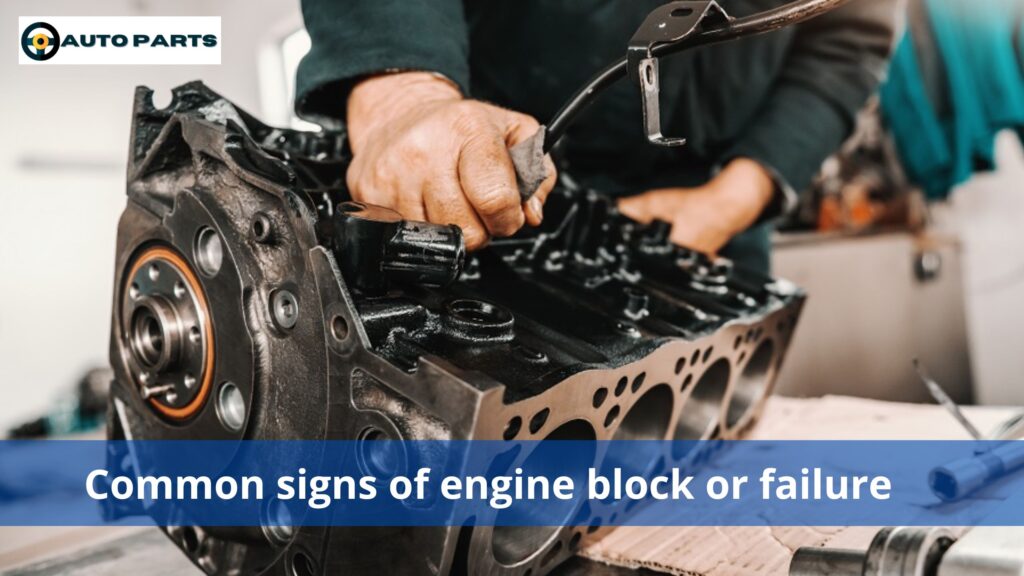
(engine cleaning)A cracked engine block is bad news. One it’s of the most serious (and expensive) problems in the world of automotive repair. Because it can exhibit many of the same symptoms as a blown head gasket or cracked cylinder head, the problem is sometimes misdiagnosed. However, a cracked block is far worse than either of these issues because it usually means your car requires a new engine.
What is an Engine Block?
(how to flush a engine block)The engine block in your car is an aluminum or cast iron casting that serves as the engine’s bottom portion. The cylinder head(s) and also other significant engine components are supported by the block. The crankshaft, pistons, connecting rods, & (in some cases) the camshaft are also housed in the block.
The block as well as its internal components are commonly referred to as the engine’s “bottom end.” Meanwhile, the cylinder head(s) & related parts are considered the engine’s “top end.”
Symptoms of a Cracked Engine Block
A cracked engine block is unusual. Typically, the cylinder head cracks and causes problems long before the block. (could other parts be affected) Nonetheless, a block can crack, likely to result in any one of the following symptoms.
(flush engine oil sludge)Because other problems can exhibit the same signs as a cracked block, you should thoroughly inspect the vehicle before making any repairs.
Exhaust Pipe Produces White Smoke (Steam)
- Coolant passages run throughout the engine block. A crack in the block can allow coolant from such passages to leak into one of the engine’s cylinders and be burned during the combustion process.
- As a result, white smoke, which is genuinely steam, will be seen coming from the vehicle’s tailpipe. You may also notice that exhaust fumes have a pleasant odor.
Leaks of Coolant or Oil
- An internal or an external coolant leak can result from a cracked engine block.
- Depending on the location of the crack, an external engine oil release is also possible.
Overheating of the engine
A cracked engine block can cause an internal or external coolant leak, preventing coolant from correctly circulating through to the engine. As a result, the engine may begin to overheat.
Misfiring and rough running
A cracked engine block can cause a loss of compression, causing the engine to run harshly and misfire in some cases.
Cooling System Combustion Gases
Combustion gases can enter the cooling system through a cracked engine block. As a result, you may notice a large number of bubbles in the cooling system before it begins to boil. You may also notice that the cooling system is under a lot of strain.
Coolant-Oil Mixture
It is possible for a crack to form between the oil and coolant passages of the block, likely to result in a coolant-oil intermix.
Warning Lights That Are Illuminated
A cracked block can cause the check engine light, poor coolant level light, and engine overheat light to illuminate. If your vehicle has a temperature gauge, you’ll notice it starts to rise as well.
What Causes an Engine Block Crack?
The most frequent cause of a cracked block is engine overheating. When the engine overheats, thermal stress causes the block to crack.
In addition, if the cooling system contains too much water and insufficient antifreeze, the block may crack in freezing temperatures. (block flush)As the water freezes as well as expands, it cracks the block.
(flush milky oil from engine)Casting as well as design flaws can also result in a cracked engine block. For example, the 8th Honda Civics (model years 2006-2009) has a casting flaw that causes the block to crack over time. To address the problem, Honda granted an extended warranty.
(Common Test Methods)-How to Check for a Cracked Engine Block
There are several methods you (or your mechanic) can use to check for such a cracked engine block. Which test method you use will depend on whether you’re looking for an external or internal crack in the block.(how to flush a engine block) The following are the most common diagnostic procedures:
Visual Examination
In some cases, a simple visual check of the block can reveal a crack that is leaking oil or coolant externally.
Pressure Test of the Cooling System
A cooling system pressure test is typically used to diagnose a block with an external coolant leak. The method entails pressurizing the cooling system (using a dedicated pressure tester) in order to locate the source of the coolant leak.
A cooling system pressure tester (along with a borescope) can also be used to check for internal coolant leaks. The procedure begins with removing the suspect cylinder’s spark plug and then inputting the borescope into the spark plug pit. Ultimately, the cooling system is pressurized, and the borescope is used to inspect the cylinder for coolant leaks.
A leaking head gasket, a broken cylinder head, or a ruptured engine block can all indicate a faulty head gasket. To determine the source of the problem, the engine must be disassembled.
Once the engine has been disassembled, a machine shop can use fluorescent dye and/or magnetic defect detection equipment to inspect the block for cracks.
Are you looking for an engine control module replacement? Buy it from Auto vehicles parts. ! Get Used engines for sale at an affordable price at Auto vehicle parts.
Tester of Blocks
A block tester, which contains fluid that changes color in the presence of combustion gases, can be used to detect an internally cracked block. The tester is placed over the filler neck of the cooling system to detect the existence of combustion gases inside the cooling system.
If there are combustion gases present, the engine has a leaking head gasket, a cracked cylinder head, or a cracked engine block. To determine the source of the problem, the engine must be disassembled.
Is it possible to restore a cracked engine block?
(how to flush a engine block)Previously, auto repair shops will indeed occasionally weld, glue, or pin a cracked cast-iron block. However, most professionals will now replace the block rather than repair it.
How Much Does a New Engine Block Cost?
Replacing an engine block is an expensive and time-consuming repair. If you hire a professional to do the job, (repair cost )you can generally expect to pay between $4,000 & $8,000. Of course, the exact cost will vary depending on a number of factors, including the year, make, and design of your vehicle.
How long can you leave the engine flush in?
An engine flush is really an aftermarket chemical additive used to clean your engine of accumulated deposits, sludge, and other gunk. Pour this into your engine’s oil-filler port and let it idle for 10-15 minutes.
Can I use kerosene to flush my engine?
Kerosene would shorten the lifespan of both gasoline and diesel engines, as well as cause misfires and other ignition issues. (Is engine flush good for engine? ) Instead, try an engine flush, which will not damage the engine even though it does not remove the grit.
Can you flush engine with water?
No. (water in engine block) That will only lead to more problems. Also, the idea of trying to flush engine block with vinegar is also a bad idea.
